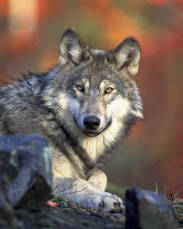 It’s not news. Every once in a while someone sees something that either looks like a wolf or is proven to be a wolf in northern Maine. Sometimes this matters, such as when, as it did about 20 years ago, the US Fish and Wildlife Service kicks around the idea of returning wolves to Maine. Sometimes it doesn’t really matter. Most of the time, actually.
It’s not news. Every once in a while someone sees something that either looks like a wolf or is proven to be a wolf in northern Maine. Sometimes this matters, such as when, as it did about 20 years ago, the US Fish and Wildlife Service kicks around the idea of returning wolves to Maine. Sometimes it doesn’t really matter. Most of the time, actually.
But now that the US Fish and Wildlife Service may remove all gray (aka timber) wolves from the federal endangered species list, it may matter if there are wolves in Maine. It may also matter if those wolves are gray wolves or eastern wolves (sometimes known as eastern Canadian wolves).
This column in the Bangor Daily News addresses the questions of whether there are wolves in Maine, whether the wolves that may wander into Maine occasionally are eastern wolves or something else, and why any of this matters.
A blogger for the Boston Globe tackled a similar set of issues back in September.
Read the Bangor Daily News story here.
Read the Boston Globe blog here.
Photo: A gray wolf. Not in Maine. Gary Kramer, USFWS

 Western states are “feeling that climate change models are not a reason to list species under the Endangered Species Act,” said Bill Bates, wildlife section chief for the Utah Division of Wildlife Resources (DWR) in
Western states are “feeling that climate change models are not a reason to list species under the Endangered Species Act,” said Bill Bates, wildlife section chief for the Utah Division of Wildlife Resources (DWR) in 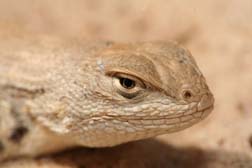 “Comptroller Susan Combs’ office, of course, knows doodly squat about lizards,” says a
“Comptroller Susan Combs’ office, of course, knows doodly squat about lizards,” says a 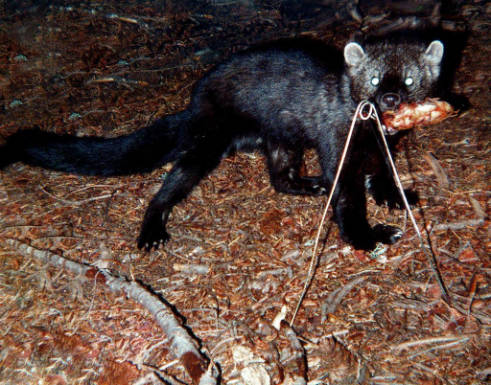
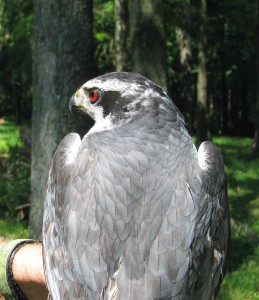 Here’s some good news for a Monday morning.
Here’s some good news for a Monday morning.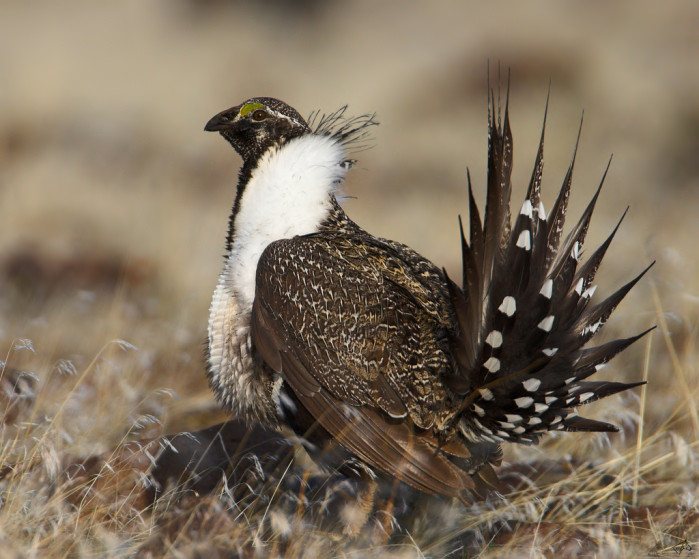 On Wednesday, NPR had a piece on the Sage Grouse Initiative in Montana. There are photos and audio (or you can just read the article).
On Wednesday, NPR had a piece on the Sage Grouse Initiative in Montana. There are photos and audio (or you can just read the article).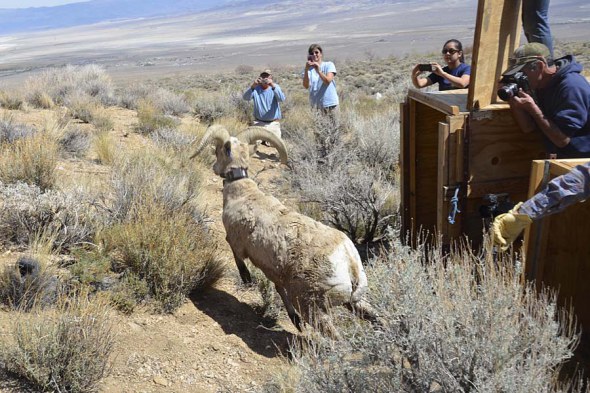 “Our recovery goals are both numeric and geographic,” said Tom Stephenson, California Department of Fish and Wildlife bighorn recovery program leader, in an article in
“Our recovery goals are both numeric and geographic,” said Tom Stephenson, California Department of Fish and Wildlife bighorn recovery program leader, in an article in 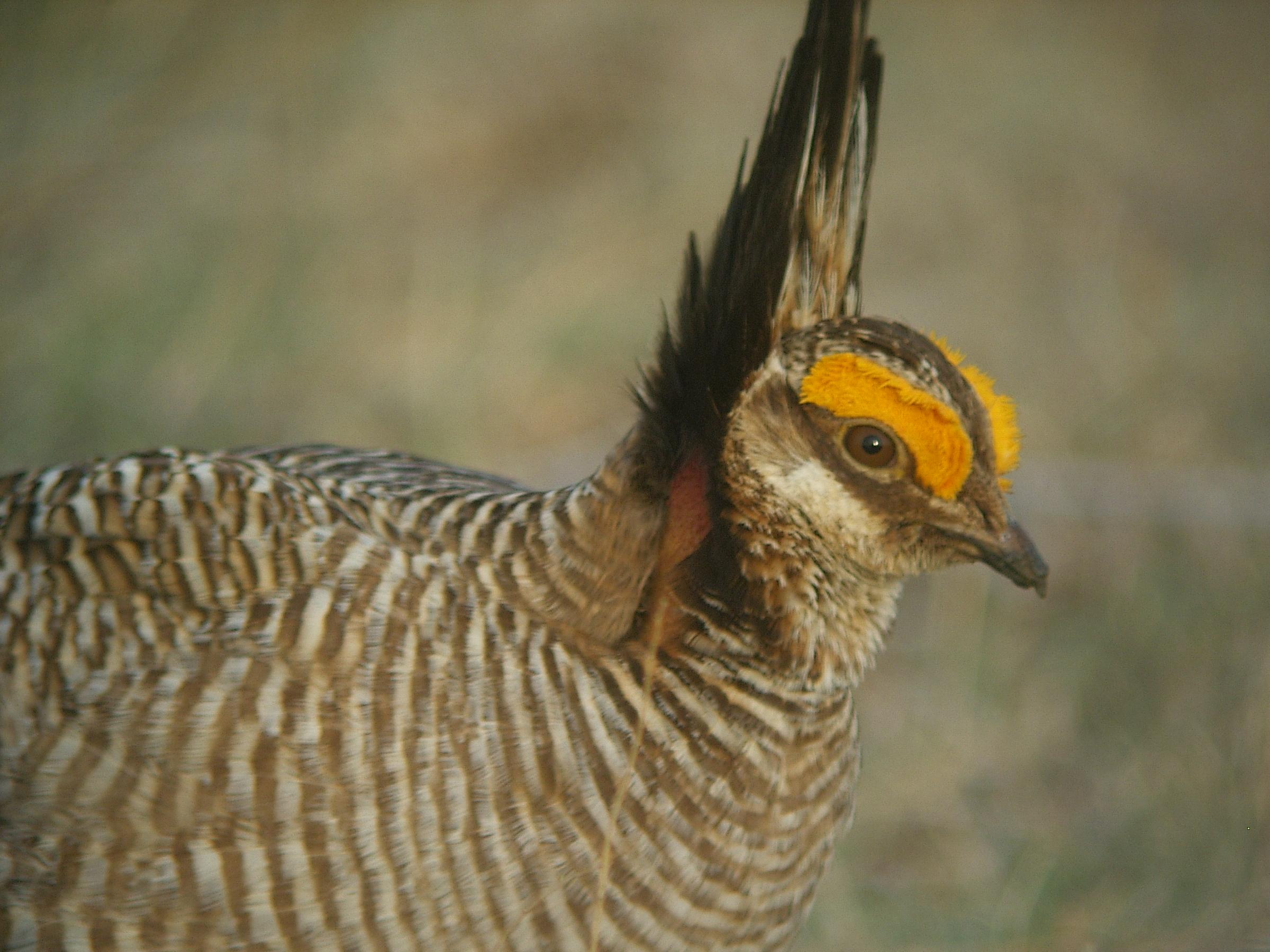 Five states submitted a plan for conserving lesser prairie chickens to the US Fish and Wildlife Service last week. It is the third draft for the plan, Lone Star Outdoor News reports. The five states are Colorado, New Mexico, Texas, Kansas and Oklahoma. The multi-state conservation plan is a bid to keep the bird of the federal endangered species list.
Five states submitted a plan for conserving lesser prairie chickens to the US Fish and Wildlife Service last week. It is the third draft for the plan, Lone Star Outdoor News reports. The five states are Colorado, New Mexico, Texas, Kansas and Oklahoma. The multi-state conservation plan is a bid to keep the bird of the federal endangered species list.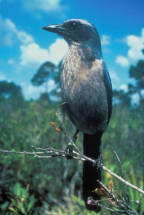 Last year the US Fish and Wildlife Service quietly handed over the responsibility for issuing incidental take permits for species listed under the federal Endangered Species Act to the Florida Fish and Wildlife Conservation Commission, according to
Last year the US Fish and Wildlife Service quietly handed over the responsibility for issuing incidental take permits for species listed under the federal Endangered Species Act to the Florida Fish and Wildlife Conservation Commission, according to 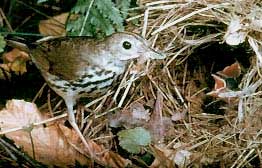 The recent issue of
The recent issue of